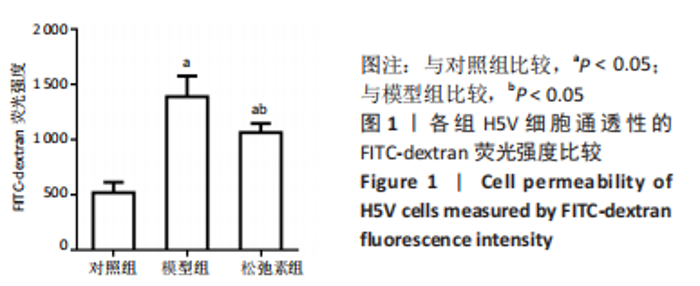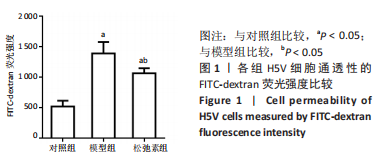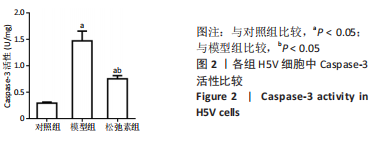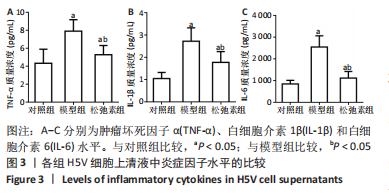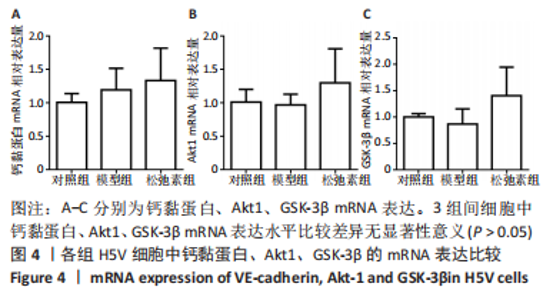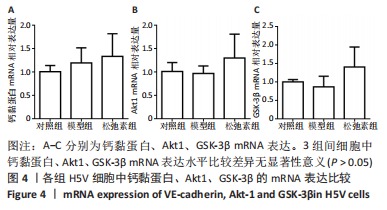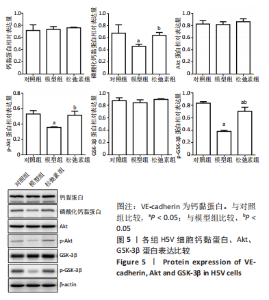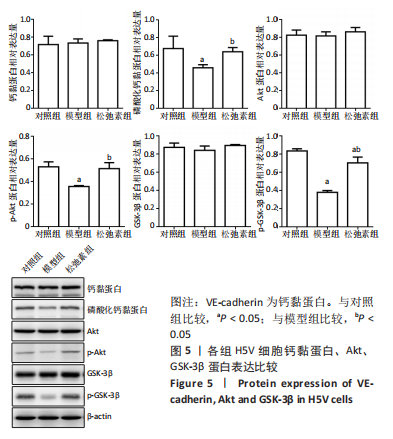[1] HARRINGTON J, JONES WS, UDELL JA, et al. Acute Decompensated Heart Failure in the Setting of Acute Coronary Syndrome. JACC Heart Fail. 2022;10(6):404-414.
[2] SOUBRET A, PANG Y, YU J, et al. Population pharmacokinetics of Relaxin in patients with acute or chronic heart failure, hepatic or renal impairment, or portal hypertension and in healthy subjects. Br J Clin Pharmacol. 2018;84(11):2572-2585.
[3] HUANG CY, LEE JK, CHEN ZW, et al. Inhaled Prostacyclin on Exercise Echocardiographic Cardiac Function in Preserved Ejection Fraction Heart Failure. Med Sci Sports Exerc. 2020;52(2):269-277.
[4] LEARY PJ, JENNY NS, BLUEMKE DA, et al. Endothelin-1, cardiac morphology, and heart failure: the MESA angiogenesis study. J Heart Lung Transplant. 2020; 39(1):45-52.
[5] JEYABALAN A, SHROFF SG, NOVAK J, et al. The vascular actions of Relaxin. Adv Exp Med Biol. 2007;612:65-87.
[6] METRA M, TEERLINK JR, COTTER G, et al. Effects of SeRelaxin in Patients with Acute Heart Failure. N Engl J Med. 2019;381(8):716-726.
[7] VALLE RALEIGH J, MAURO AG, DEVARAKONDA T, et al. Reperfusion therapy with recombinant human Relaxin-2 (SeRelaxin) attenuates myocardial infarct size and NLRP3 inflammasome following ischemia/reperfusion injury via eNOS-dependent mechanism. Cardiovasc Res. 2017;113(6):609-619.
[8] QAMAR A, ZHAO J, XU L, et al. Cyclophilin D Regulates the Nuclear Translocation of AIF, Cardiac Endothelial Cell Necroptosis and Murine Cardiac Transplant Injury. Int J Mol Sci. 2021;22(20):11038.
[9] ZHOU H, ZHANG Y, HU S, et al. Melatonin protects cardiac microvasculature against ischemia/reperfusion injury via suppression of mitochondrial fission-VDAC1-HK2-mPTP-mitophagy axis. J Pineal Res. 2017;63(1):e12413.
[10] YANG Q, HE GW, UNDERWOOD M, et al.Cellular and molecular mechanisms of endothelial ischemia/reperfusion injury: perspectives and implications for postischemic myocardial protection. Am J Transl Res. 2016;8(2):765-777.
[11] RIFLE G, MOUSSON C, HERVE P. Endothelial cells in organ transplantation: Friends or foes? Transplantation. 2006;82(1 Suppl): S4-5.
[12] SINGHAL AK, SYMONS JD, BOUDINA S, et al. Role of Endothelial Cells in Myocardial Ischemia-Reperfusion Injury. Vasc Dis Prev. 2010;7:1-14.
[13] DUNI A, LIAKOPOULOS V, KOUTLAS V, et al. The Endothelial Glycocalyx as a Target of Ischemia and Reperfusion Injury in Kidney Transplantation-Where Have We Gone So Far? Int J Mol Sci. 2021;2(4):2157.
[14] LIAO W, RAO Z, WU L, et al. Cariporide Attenuates Doxorubicin-Induced Cardiotoxicity in Rats by Inhibiting Oxidative Stress, Inflammation and Apoptosis Partly Through Regulation of Akt/GSK-3β and Sirt1 Signaling Pathway. Front Pharmacol. 2022;13:850053.
[15] XU H, ZHANG G, DENG L. Kukoamine A activates Akt/GSK-3β signaling pathway to inhibit oxidative stress and relieve myocardial ischemia-reperfusion injury. Acta Cir Bras. 2022;37(4):e370407.
[16] GAEDEKE J, PETERS H. Relaxin: exploring the antifibrotic potential of a pregnancy hormone. Kidney Int. 2005;68(1):405-406.
[17] DSCHIETZIG T, BARTSCH C, BAUMANN G, et al. Relaxin-a pleiotropic hormone and its emerging role for experimental and clinical therapeutics. Pharmacol Ther. 2006;112(1):38-56.
[18] BANI D, NISTRI S, CINCI L, et al. A novel, simple bioactivity assay for Relaxin based on inhibition of platelet aggregation. Regul Pept. 2007;144(1-3):10-16.
[19] CHUNDURI P, PATEL SA, LEVICK SP. Relaxin/seRelaxin for cardiac dysfunction and heart failure in hypertension. Adv Pharmacol. 2022;94:183-211.
[20] WANG D, LUO Y, MYAKALAy K, et al. SeRelaxin improves cardiac and renal function in DOCA-salt hypertensive rats. Sci Rep. 2017;7(1):9793.
[21] WU MY, YIANG GT, LIAO WT, et al. Current Mechanistic Concepts in Ischemia and Reperfusion Injury. Cell Phystiol Biochem. 2018;46(4):1650-1667.
[22] SADJADI J, STRUMWASSER AM, VICTORINO GP. Endothelial cell dysfunction during anoxia-reoxygenation is associated with a decrease in adenosine triphosphate levels, rearrangement in lipid bilayer phosphatidylserine asymmetry, and an increase in endothelial cell permeability. J Trauma Acute Care Surg. 2019; 87(6):1247-1252.
[23] LAGENDIJK AK, HOGAN BM. VE-cadherin in vascular development: a coordinator of cell signaling and tissue morphogenesis. Curr Top Dev Biol. 2015;112:325-252.
[24] ZHANG L, HE J, WANG J, et al. Knockout RAGE alleviates cardiac fibrosis through repressing endothelial-to- mesenchymal transition (EndMT) mediated by autophagy. Cell Death Dis. 2021;12(5):470.
[25] WILHELMI T, XU X, TAN X, et al. SeRelaxin alleviates cardiac fibrosis through inhibiting endothelial-to-mesenchymal transition via RXFP1. Theranostics. 2020; 10(9):3905-3924.
[26] LOUNGANI RS, TEERLINK JR, METRA M, et al. Cause of Death in Patients With Acute Heart Failure: Insights From RELAX-AHF-2. JACC Heart Fail. 2020;8(12):999-1008.
[27] KAGEYAMA S, NAKAMURA K, FUJII T, et al. Recombinant Relaxin protects liver transplants from ischemia damage by hepatocyte glucocorticoid receptor: From bench-to-bedside. Hepatology. 2018; 68(1):258-273.
[28] DING P, ZHANG W, TAN Q, et al.Impairment of circulating endothelial progenitor cells (EPCs) in patients with glucocorticoid-induced avascular necrosis of the femoral head and changes of EPCs after glucocorticoid treatment in vitro. J Orthop Surg Res. 2019;14(1):226.
[29] LI J, CHENG R, WAN H. Overexpression of TGR5 alleviates myocardial ischemia/reperfusion injury via AKT/GSK-3β mediated inflammation and mitochondrial pathway. Biosci Rep. 2020;40(1):BSR20193482.
[30] MENG X, ZHANG L, HAN B, et al. PHLDA3 inhibition protects against myocardial ischemia/reperfusion injury by alleviating oxidative stress and inflammatory response via the Akt/Nrf2 axis. Environ Toxicol. 2021;36(11):2266-2277.
[31] LIU Z, PAN H, ZHANG Y, et al. Ginsenoside-Rg1 attenuates sepsis-induced cardiac dysfunction by modulating mitochondrial damage via the P2X7 receptor-mediated Akt/GSK-3β signaling pathway. J Biochem Mol Toxicol. 2022;36(1):e22885.
[32] HUA NG G, MA L, SHEN L, et al. MIF/SCL3A2 depletion inhibits the proliferation and metastasis of colorectal cancer cells via the AKT/GSK-3β pathway and cell iron death. J Cell Mol Med. 2022;26(12):3410-3422.
[33] YIN BF, LI ZL, YAN ZQ, et al. Psoralen alleviates radiation-induced bone injury by rescuing skeletal stem cell stemness through AKT-mediated upregulation of GSK-3β and NRF2. Stem Cell Res Ther. 2022;13(1):241.
[34] ZHAO L, JIN L, LUO Y, et al. Shenfu injection attenuates cardiac dysfunction and inhibits apoptosis in septic mice. Ann Transl Med. 2022;10(10):597.
[35] LIAO W, RAO Z, WU L, et al. Cariporide Attenuates Doxorubicin-Induced Cardiotoxicity in Rats by Inhibiting Oxidative Stress, Inflammation and Apoptosis Partly Through Regulation of Akt/GSK-3β and Sirt1 Signaling Pathway. Front Pharmacol. 2022;13:850053.
[36] 张新金,江樊莉,李建美.促红细胞生成素抑制急性梗死心肌炎症因子的表达[J].中国组织工程研究,2013,17(33):6005-6012.
[37] GAO XM, SU Y, MOORE S, et al. Relaxin mitigates microvascular damage and inflammation following cardiac ischemia-reperfusion. Basic Res Cardiol. 2019; 114(4):30.
[38] BRECHT A, BARTSCH C, BAUMANN G, et al. Relaxin inhibits early steps in vascular inflammation. Regulatory peptides. 2011;166(1-3):76-82.
[39] CHAKRABORTY A, PINAR AA, LAM M, et al. Pulmonary myeloid cell uptake of biodegradable nanoparticles conjugated with an anti-fibrotic agent provides a novel strategy for treating chronic allergic airways disease. Biomaterials. 2021; 273:120796.
|
